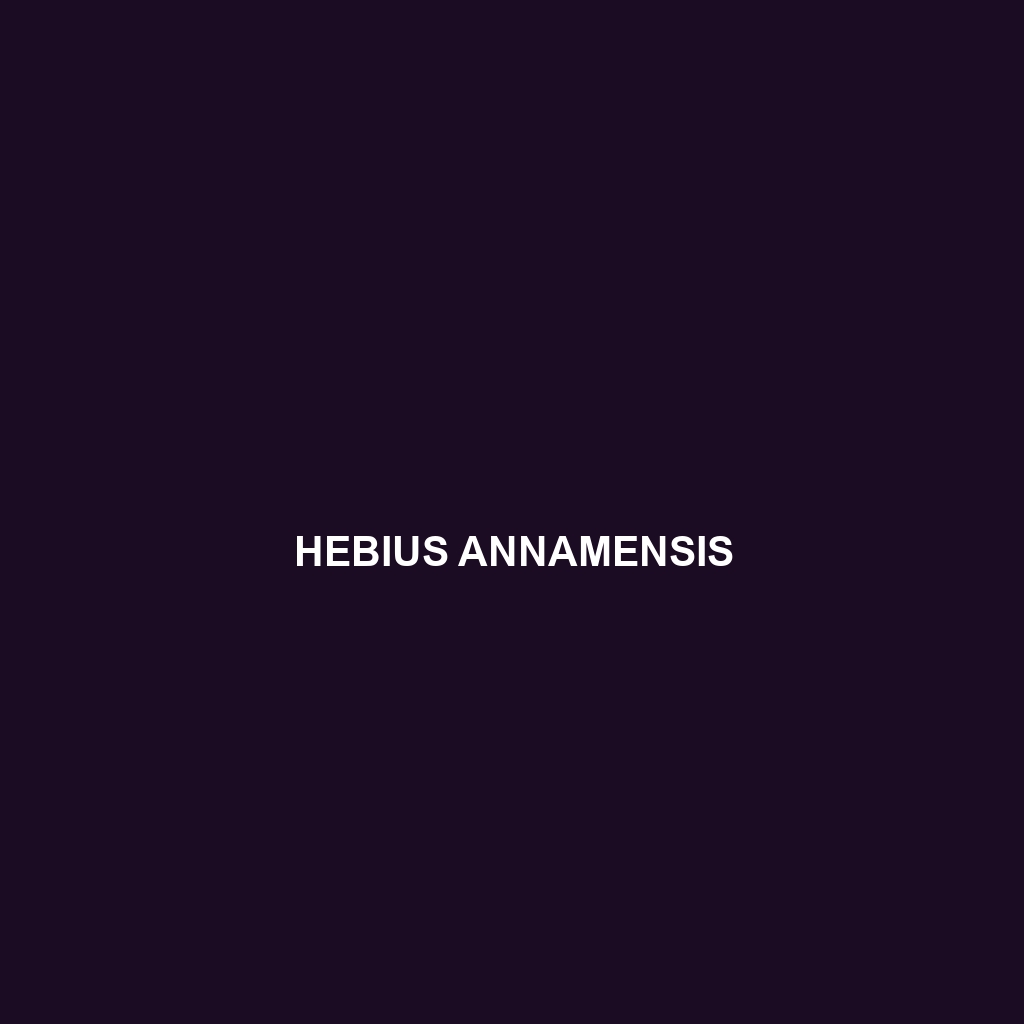Common Name
Hebius andreae
Scientific Name
Hebius andreae
Habitat
Hebius andreae is primarily found in the lush environments of Southeast Asia, particularly in regions that include the dense rainforests and mountainous terrains of Malaysia and Indonesia. This species thrives in both lowland and highland forests, where humidity levels are consistently high and temperatures range from 20°C to 30°C. Hebius andreae prefers shaded areas within these forests, often residing near streams and rivers where the moisture content supports its lifestyle. The climate here is typically tropical, characterized by wet seasons and dry spells, making this habitat rich in biodiversity.
Physical Characteristics
Hebius andreae exhibits distinctive physical traits that make it easily recognizable. This snake species can reach lengths of up to 1.5 meters, with a sleek and elongated body covered in smooth scales. Its coloration varies from a striking olive green to a more subdued brown, which helps it blend seamlessly into its forest environment. A notable characteristic is the presence of dark bands or blotches across its body, providing effective camouflage against predators. The head is relatively small with large, expressive eyes that aid in its nocturnal hunting behavior.
Behavior
The behavior of Hebius andreae is particularly fascinating due to its secretive and solitary nature. Known for its nocturnal habits, this species is primarily active during the night, when it hunts for food. During the day, it can often be found coiled around tree branches or hidden among leaf litter, making it challenging to spot. These snakes display unique mating rituals in the spring, where males engage in combat to win the right to mate with females. This can include wrestling and intricate displays of strength. Additionally, Hebius andreae is known for its ability to adapt to its environment, often shifting its territory based on food availability and seasonal changes.
Diet
The diet of Hebius andreae primarily consists of small mammals, amphibians, and other reptiles, categorizing it as a carnivore. Its feeding strategy is largely ambush-based, lying in wait for unsuspecting prey to wander too close. The snake utilizes its keen sense of smell and excellent camouflage to detect and capture its food. Taking advantage of its surroundings, Hebius andreae often hunts at twilight and during the early morning hours, aligning its hunting patterns with the activity cycles of its prey.
Reproduction
Reproductive activity in Hebius andreae typically occurs during the warmer months, with males initiating courtship by engaging in elaborate displays. After a successful mating, females can lay between 5 to 15 eggs in secluded, humid locations such as under leaf litter or in burrows. The incubation period lasts around 60 to 70 days, after which hatchlings emerge fully formed and independent. Parental care is minimal, with parents often abandoning the eggs after laying. This ensures that the offspring can begin their survival journey in the complex forest ecosystem immediately.
Conservation Status
According to the International Union for Conservation of Nature (IUCN), Hebius andreae is currently listed as “Least Concern.” However, habitat loss due to deforestation and climate change poses significant threats to its populations. Conservation efforts are ongoing to preserve the natural habitats of this species, as well as other wildlife in these ecologically rich regions. Local initiatives aimed at sustainable land-use practices and protected area maintenance are crucial for the future survival of Hebius andreae.
Interesting Facts
Hebius andreae has several interesting adaptations, such as its ability to change color slightly to blend in with its surroundings more effectively. This camouflage is vital in evading both predators and human activity. Additionally, while its venom is not particularly harmful to humans, it serves its purpose as an effective hunting tool for subduing prey. This species is also known to exhibit a unique behavior called “freezing,” where it remains motionless when threatened, further enhancing its camouflage in the wild.
Role in Ecosystem
Hebius andreae plays a crucial role in its ecosystem as both a predator and prey. As a carnivore, it helps regulate the populations of its prey species, contributing to the balance of the ecosystem. Its presence indicates a healthy habitat, as it relies on a diverse range of species to support its diet. Furthermore, by serving as a food source for larger predators, Hebius andreae is an integral part of the food web, underscoring its value in maintaining ecological integrity in the forests of Southeast Asia.
